English

行业
加入成千上万的行业领导者的行列,与 Chiggo 一起推动产品创新。

解决方案
从原材料到生产和产品增强的一站式解决方案。
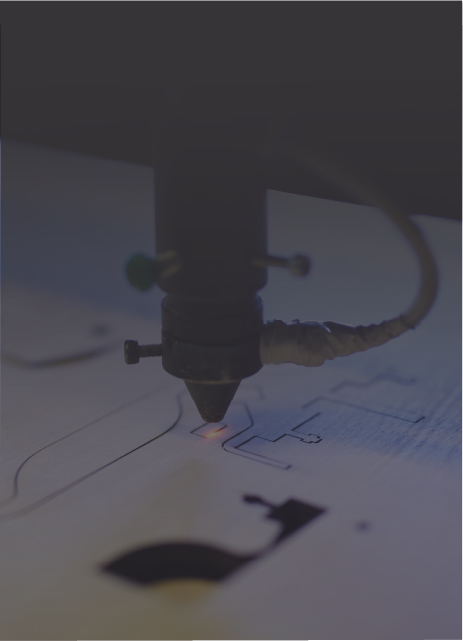
资源
您需要了解的有关数字化制造的一切。
3D打印和CNC加工是最受欢迎的两个制造过程今天。两种方法都依赖数字控制系统来快速生产原型,并适合创建准确的定制最终用途零件。
但是,它们几乎在各个方面都有不同 - 在生产坚固的零件方面,它们甚至是直接的竞争对手。最大的区别是一种方法逐层构建零件,而另一个方法是通过删除材料来构建零件的。如果您发现自己在CNC加工和产品的3D打印之间进行选择,请继续阅读以了解更多信息。
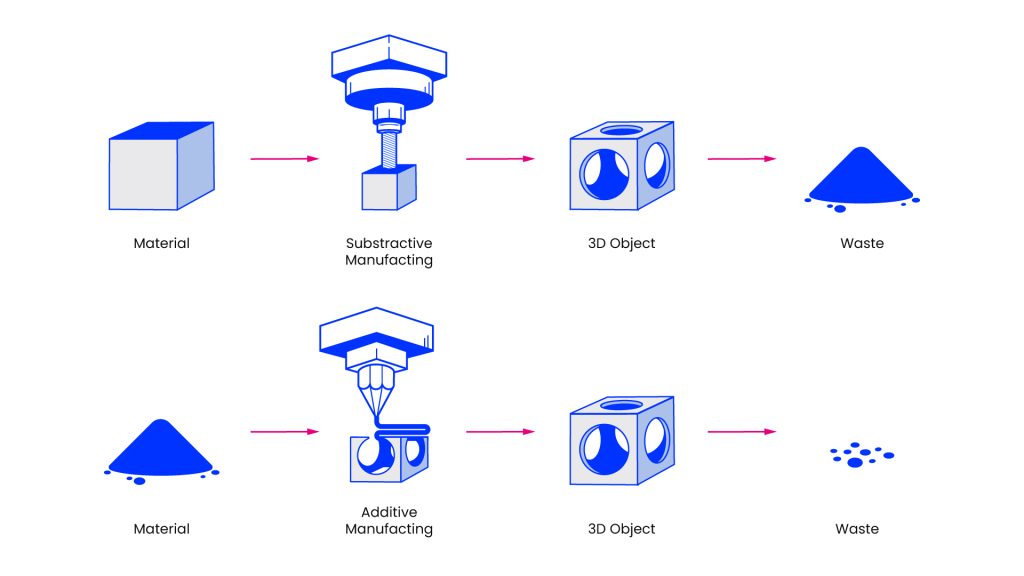
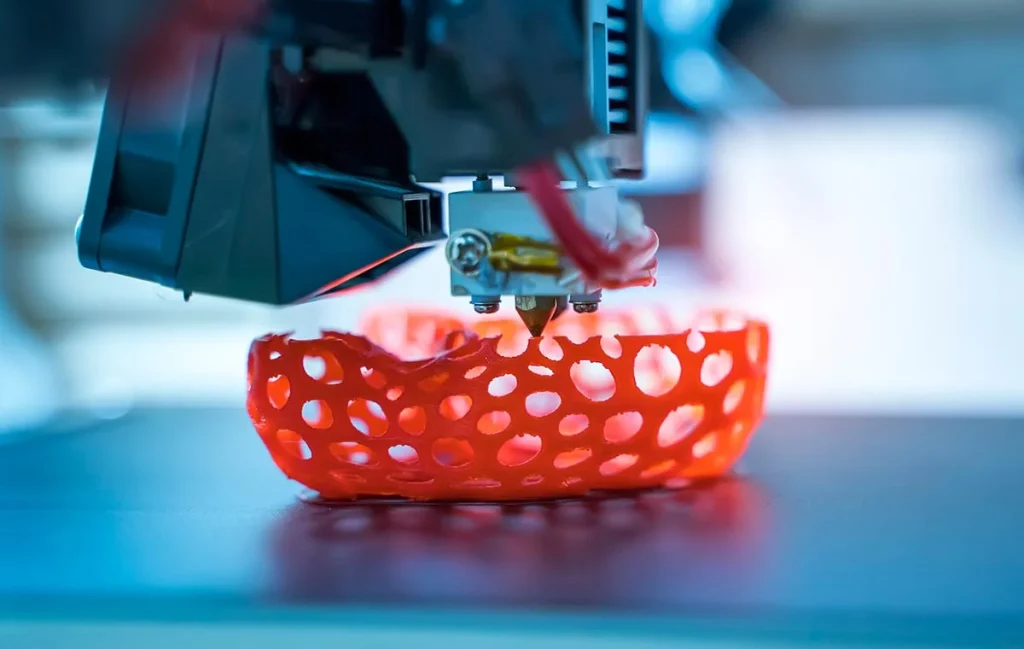
3D打印,也称为增材制造,是一个过程,它通过逐层添加材料来从数字模型中创建三维对象。该过程始于数字模型,该模型可以使用从3D扫描仪获得的CAD(计算机辅助设计)软件创建,也可以从在线存储库中下载。接下来,将模型导入切片软件,该软件将其分为许多二维横截面层,这些层用作打印机的蓝图。然后,切片软件将这些层转换为一系列指令(通常是G代码),即3D打印机可以理解。此外,如果该模型包含悬垂零件,则该软件可能会生成支持结构以确保正确打印。最后,打印机遵循这些说明,通过一层沉积材料,并将每个新层粘合到其下面的一个,并逐渐构建完整的对象。
1980年代后期,查克·赫尔(Chuck Hull)发明了立体光刻(SLA),这是第一个3D打印技术。随着新材料和技术进步的持续研究,出现了更多的3D打印技术。今天的常见类型包括:
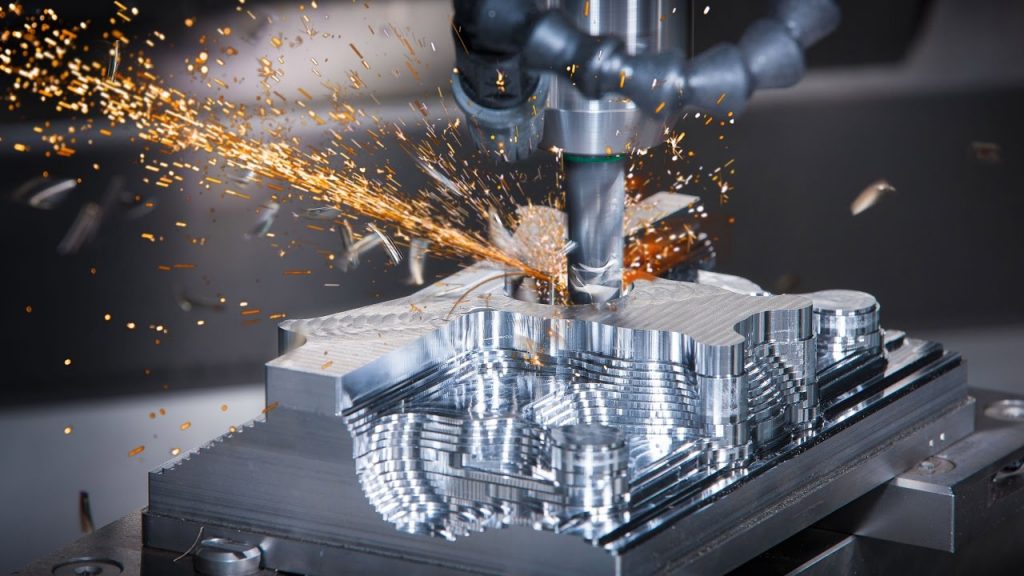
尽管3D打印是一个尖端的添加剂制造过程,但CNC加工(计算机数值控制加工)代表了一种更传统的减法制造技术。 CNC加工在1950年代从1950年代出现,随着数字自动化的发展,CNC加工已经发展起来,从而使整个行业都可以高精度制造。
要获取CNC部分,您首先使用CAD软件创建数字模型。然后,通过CAM编程将该模型转换为机器可读的G代码,该编程指定了精确的运动,速度和操作。之后,工件牢固地安装在CNC机器上,并选择和安装适当的切割工具。 CNC机器遵循G代码:从粗加工开始,以去除多余的材料,然后继续进行精细加工以实现最终的尺寸和表面光洁度。
在制造业中广泛使用的CNC加工有几种常见类型:
两种技术都具有独特的优势 - CNC加工具有高精度和材料的多功能性,而3D打印是创建复杂的几何形状和快速原型制作的优选。它们之间的选择取决于各种因素,包括材料需求,设计复杂性,生产速度和预算考虑。
下面的快速检查表提供了简短的比较,可帮助您确定哪种过程最适合您的需求,或者两者的组合是否可能产生最佳结果。
| 因素 | 3D打印 | CNC加工 |
| 材料选择 | ▪ Limited but expending options ▪ Flexible materials and superalloy | ▪ Wide range , including metals, plastics, wood, and composites |
| 设计复杂性 | ▪ Can achieve highly complex geometries, including lattice structures and organic shapes | ▪ Can produce parts with relatively complex features, such as threaded holes, sharp edges, and curves ▪ Limited by tool accessibility, tool path and type, axis-defined minimum radii, and the need for repositioning during the process |
| 精确 | ▪ Moderate precision, typically ±0.1 mm, though high-end printers can achieve tighter tolerances | ▪ High precision, often ±0.005 mm or better, depending on material and machine ▪ Excellent repeatability |
| 表面饰面 | ▪ Requires post-processing (e.g. sanding, painting) for a smooth finish ▪ Some 3D printing processes produce surfaces that are grained, rough, and stepped, or features that may appear blurred | ▪ Smooth finish with little to no post-processing (typical 125 Ra finish as machined) |
| 大零件尺寸 | ▪ Up to 914 x 610 x 914 mm (e.g. FDM) ▪ Ideal for smaller prototypes or assemblies | ▪ Up to 2000 x 800 x1000 mm ▪ Suitable for industrial housings and large-scale prototypes |
| 力量 | ▪ In FDM, layer adhesion and print orientation reduce the strength of parts ▪ Metal 3D printed parts in SLM and DMLS offer strength comparable to or even better than traditionally machined parts, especially when heat-treated or made with specific alloys | ▪ The internal structure of parts is continuous, and their strength usually remains at 100% of the native material ▪ Some high-strength alloys may be impossible or difficult to process with extreme precision |
| 设置 | ▪ Minimal setup, require only a digital file and slicer software | ▪ Need workpiece fixation, tool selection, and machine calibration ▪ G-code programming,toolpath generation, and potential part repositioning |
| 构建速度 | ▪ Low setup time, but build time can take hours ▪ Quicker for small batches and complex designs ▪ Ideal for design validation, rapid prototyping, and test fits | ▪ Can take ages to set up and program, but cutting can be very fast ▪ Fast for bulk production |
| 成本 | ▪ Cost-effective for small series or custom one-offs ▪ Slight variations in your product’s size can significantly increase your 3D printing manufacturing costs | ▪ More economical for high-volume production ▪ More material waste |
接下来,我们可以通过询问以下一系列问题来确定您是否应该选择CNC加工,3D打印或两者为您的项目。
3D打印和CNC对金属和塑料进行加工。 CNC加工具有更广泛的材料适应性。尽管塑料变得越来越受欢迎,但它主要用于从金属生产零件。您也可以使用CNC工艺来制造木材,复合材料,甚至泡沫和蜡的零件。
最常见的CNC材料:
3D打印主要与热塑性,树脂和一些金属粉末一起使用。但是,3D打印的金属零件并不便宜,尽管情况正在发生变化。
常见的3D打印材料:
值得注意的是,非常柔软,柔性的材料(例如TPU和硅酮)在切割力下倾向于变形,从而使精确的加工变得困难。同样,某些超级合金由于高强度,工作硬化和耐热性而对机器的挑战。对于这些材料,3D打印可能是一个更好的选择。
尽管5轴或更高级的机器可以处理非常复杂的几何形状,但由于工具无法访问该部件的所有表面,因此仍然很难(甚至不可能)创建隐藏的功能和底切。切割工具本身的几何形状也限制了加工完美正方角的能力。此外,通常需要定制固定装置或夹具,这可能是一个重要的限制。
3D打印机消除了CNC加工中的这些几何挑战。它们可以相对轻松地产生高度复杂的几何形状。尽管SLM等过程可能需要支持结构,但额外的后处理并没有降低3D打印提供的巨大设计自由和复杂性。
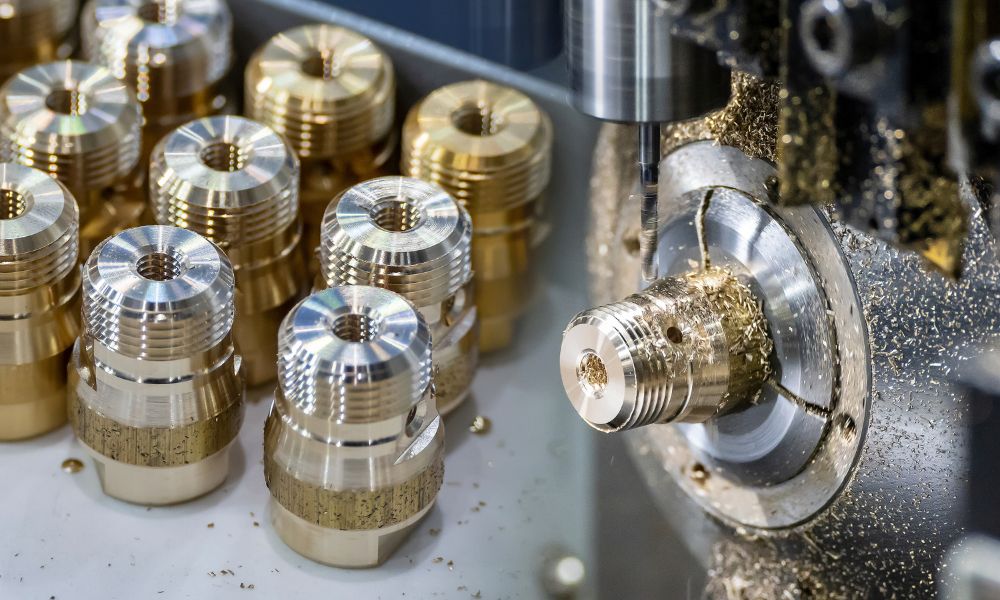
由于材料收缩和打印过程的分辨率限制,因此3D打印通常不如CNC加工精确。例如,在标准条件下,诸如SLA之类的精确3D打印技术通常达到±0.1mm的公差。相比之下,精确的CNC机器可以容纳高达±0.025mm(0.001英寸)甚至更好的公差。
当涉及重复性3D打印时,即使是SLA或DLP等高精度方法,仍然落后于CNC加工。 CNC机器由于其刚性机械设置,精确的控制系统以及减法过程的均匀性提供了较高的一致性。相反,3D打印更容易受到材料收缩,层粘附和环境因素引起的变异性。
像SLA这样的3D打印机可以生产具有细,光滑和纹理层的零件,但是使用正确的工具的CNC加工可以实现甚至更光滑的表面。
可以通过各种表面完成选项提高零件的功能和外观品质。例如,CNC加工的零件可以阳极氧化,粉末 - 粉末,粉状,珠子涂成珠和言行。同样,3D打印零件的表面整理选项包括 plating ,,珠子爆破,抛光,抛光,抛光和热处理以增强产品。
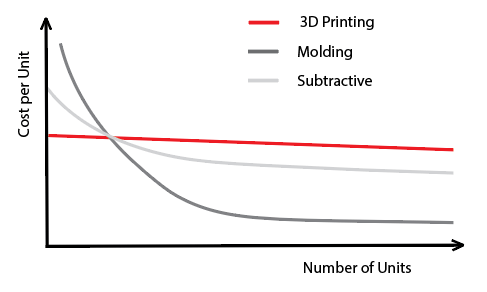
对于具有典型几何形状的部分(可以通过CNC相对容易实现的部分),选择取决于零件的材料和数量。
塑料零件:
对于金属零件,情况大不相同:
为您的自定义零件选择正确的制造技术似乎是一个无法克服的挑战,但这并不是一定。正如我们总是在Chiggo告诉客户,没有完美的,适合所有的制造方法。最佳选择取决于各种因素。为了帮助指导您的决定,我们汇总了一些基本的经验法则:
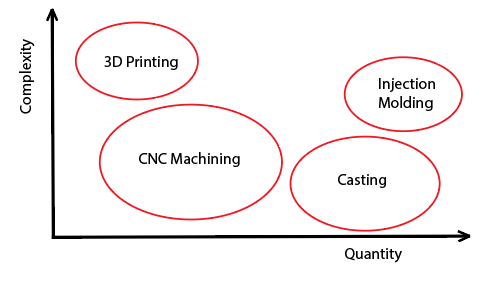
如果您仍然不确定自己的最佳制造方法,请与我们的工程师联系并上传您的设计。 Chiggo是 CNC加工和中国的3D打印服务的领先提供商,并在这里有一支经验丰富的团队为您提供帮助!
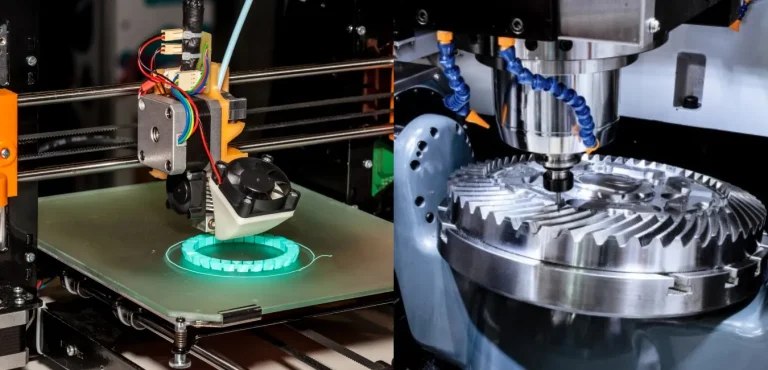
3D打印和CNC加工之间的最大区别在于,一种方法是按一层构建零件,而另一个方法是通过删除材料来制造的。如果您发现自己在CNC加工和产品的3D打印之间进行选择,请继续阅读以了解更多信息。
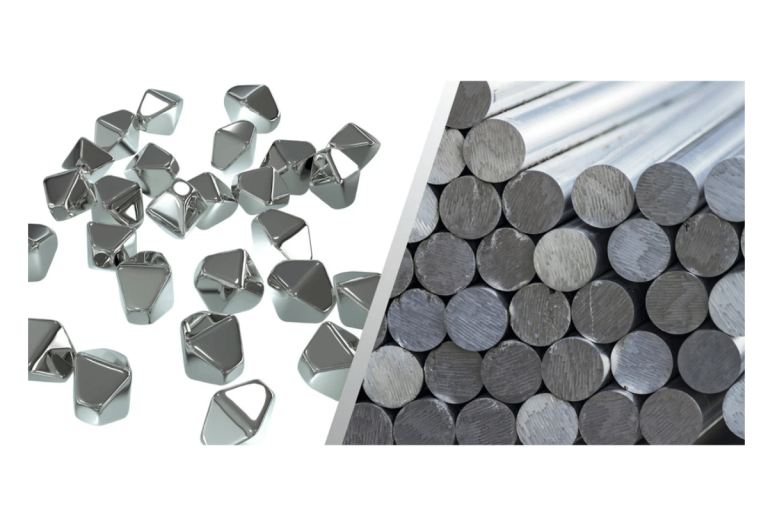
在为特定应用选择坚固的金属材料时,钛和钢通常被认为是首选。除了强度差异之外,每种金属还具有独特的性能,使其适用于各种用途。哪一种是您项目的正确选择?本文将概述这两种金属并比较它们的主要特性。让我们开始吧。
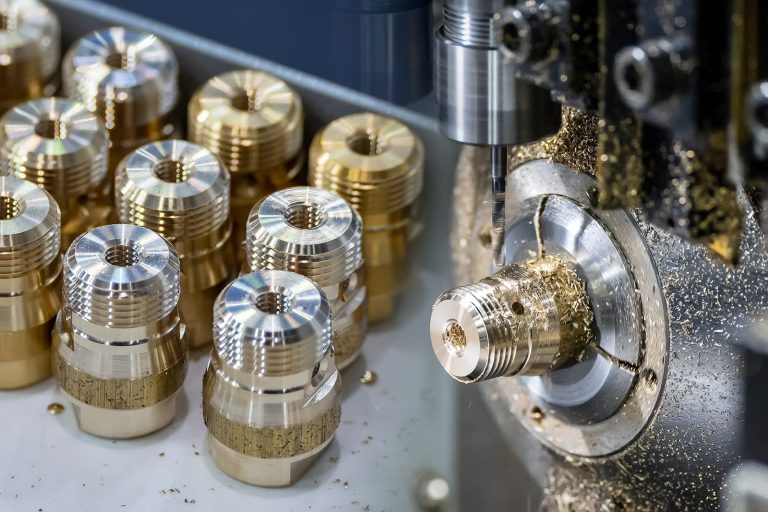
黄铜是在各种行业中用于不同目的的非有产金属。从复杂的电子连接器和耐用的管道配件到高性能汽车和航空航天组件,黄铜几乎无处不在。它具有高精度加工的能力使其成为制造业的首选。

عربي
عربي
中国大陆
简体中文
United Kingdom
English
France
Français
Deutschland
Deutsch
नहीं
नहीं
日本
日本語
Português
Português
España
Español